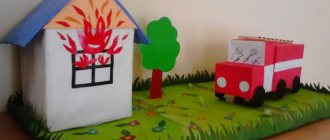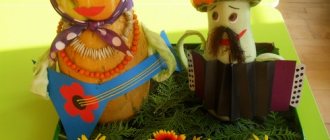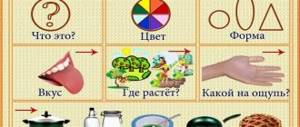Introducing the baby to the concept of “time”
The daily routine of young children is regulated by their parents, so they do not have the sense of time characteristic of adults. It is difficult for a child to immediately understand all the complexity of this category, so before he picks up a watch, he needs to be taught some terms.
His task is to understand what a day, week, month is, what parts of the day there are, what today and yesterday mean.
You can help your child become aware of the passage of time at the age of 2-3 by drawing his attention to the sequence of events: first, then, now . For example, first we washed our hands before eating, then we ate, and now mom washes the dishes.
Say what part of the day has arrived and what needs to be done: wash and have breakfast in the morning, play in the afternoon, read in the evening. Make a daily routine for the next day together, remember what you did yesterday.
Important ! Pay attention to time intervals. You can do this by talking through your intended activities: in 5 minutes we’ll go for a walk, we’ll go to bed at 9 o’clock , in 15 minutes it’s time for dinner.
Does a 4-5 year old child know what a day is and easily name its parts? This is a good indicator. If he is in difficulty, a colorful poster with a daily routine will help him, which depicts the usual actions characteristic of a particular time.
Once he has mastered the time of day concepts, he is ready to learn the days of the week. To consolidate the result, it is useful to ask your child more often what day of the week it was yesterday, what day it is today, what day it will be tomorrow.
For easy and quick learning, the following techniques are suitable:
- a selection of poems, songs, rhymes about the days of the week and time of day;
- drawings about time : what was and what became, for example, a seed became a sprout, then a flower, an adult cat was a small kitten, etc.;
- looking at a family album with early childhood photographs; looking at his image at the age of one, the child realizes how he has changed;
- watching cartoons or educational video lessons about time together.
For example, this cartoon very clearly shows what the essence of the learning process is. Show it to your child or see it yourself.






